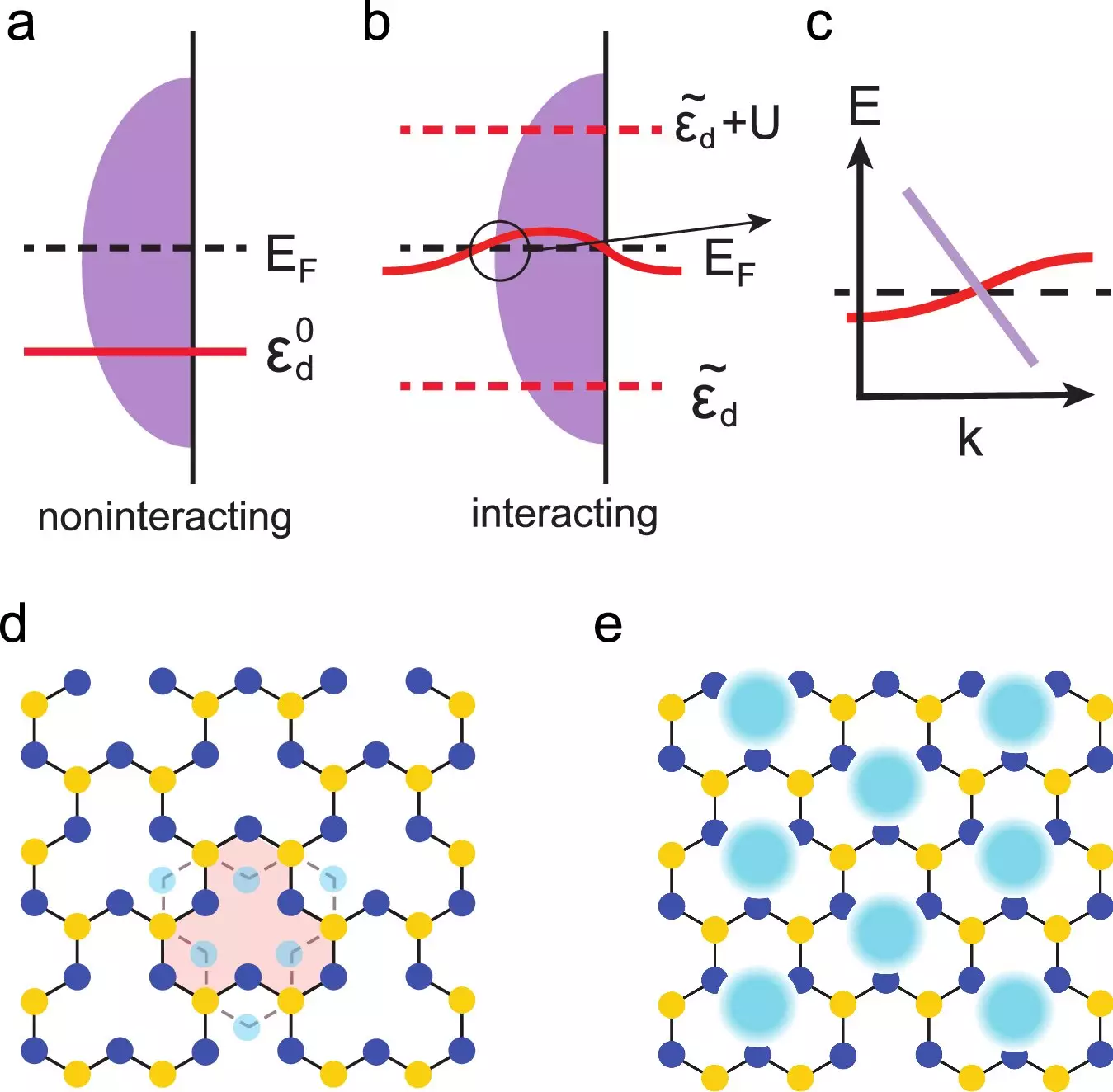Recent research published in Nature Communications by a team of scientists led by Rice University’s Qimiao Si has shed light on the potential existence of flat electronic bands at the Fermi level in quantum materials. This groundbreaking discovery could pave the way for the development of new forms of quantum computing and electronic devices, with implications for various fields of science and technology.
In conventional quantum materials, electrons occupy unique energy states that form a ladder structure, with the highest rung known as the Fermi energy. The discovery of flat electronic bands at the Fermi level is particularly significant because it enhances the importance of these bands in influencing the material’s properties. Unlike most flat bands, which are located far from the Fermi energy and have limited impact, the flat bands identified in this study could potentially lead to new quantum phases and unusual low-energy behaviors.
The findings of Si’s team suggest that flat electronic bands could be especially valuable in transition metal ions with specific crystal lattices, where they often exhibit unique properties. By uncovering new ways to design these materials, researchers could open up possibilities for their applications in quantum bits, qubits, and spintronics. The interaction between immobile and mobile electron states could give rise to a new type of Kondo effect, offering significant progress in this area of study.
One key attribute of flat bands is their topology, which plays a crucial role in realizing new quantum states of matter. The flat bands pinned to the Fermi energy may enable the emergence of anyons and Weyl fermions, massless quasiparticles and fermions with electric charge. The potential applications of anyons in qubits and Weyl fermions in spin-based electronics highlight the diverse range of possibilities that could arise from the study of flat electronic bands at the Fermi level.
The research conducted by Si’s team suggests that the flat bands could lead to the development of strongly correlated topological semimetals at relatively low temperatures. This opens up the possibility of these materials operating at higher temperatures, potentially even at room temperature. The theoretical foundation provided by this study lays the groundwork for the design and control of novel quantum materials that operate beyond the constraints of low temperatures.
The discovery of flat electronic bands at the Fermi level in quantum materials represents a significant advancement in the field of quantum mechanics. The potential applications of these bands in quantum computing, electronic devices, and other areas point to a promising future for the development of new materials with unique properties and functionalities. Further research in this area could uncover even more exciting possibilities for the utilization of flat bands in designing innovative quantum materials.


Leave a Reply